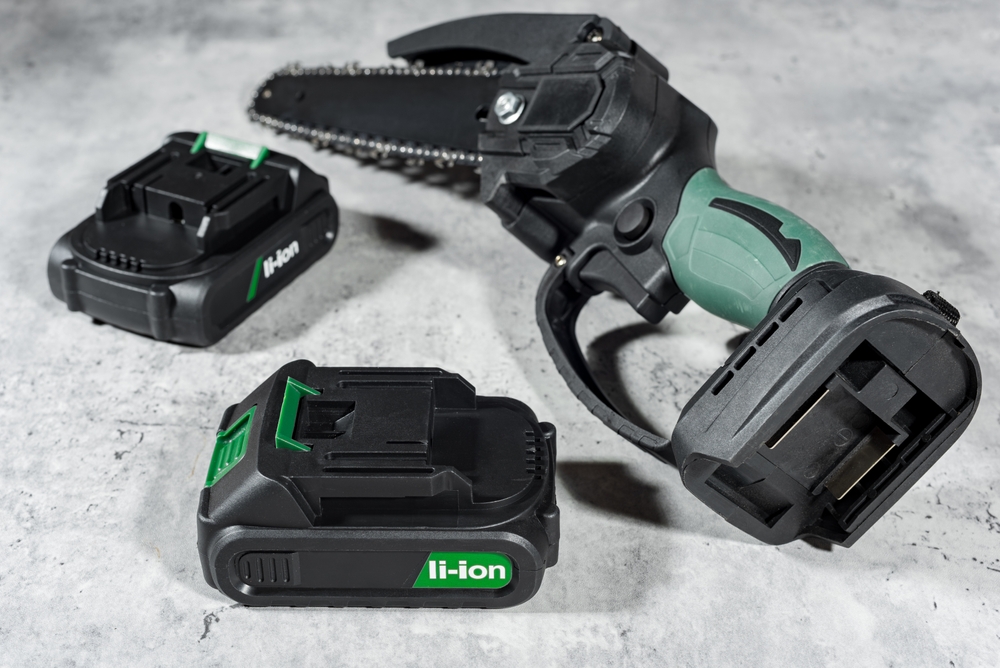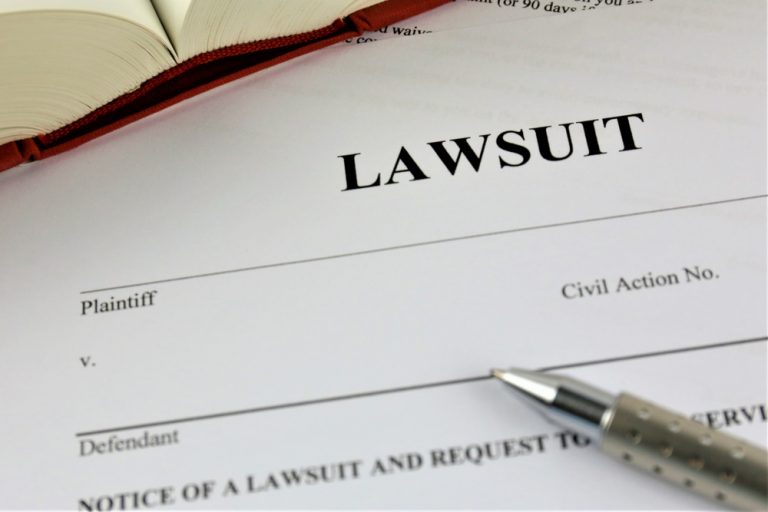Rise In Lithium-Ion Battery Demand Causing Challenges
Rise In Lithium-Ion Battery Demand Causing Challenges
The rising lithium-ion battery demand is creating challenges for manufacturers. It is important to understand how to mitigate risk.
The rising demand to reduce our reliance on fossil fuels has driven product manufacturers to produce more battery-powered products. As a result, lithium-ion (Li-ion) batteries have become the universally accepted battery for portable applications, personal electronics and electric vehicles due to their high energy density and low maintenance.
Unlike lead acid batteries or alkaline batteries, Li-ion batteries have a longer shelf life, no maintenance and short recharge times. Their drawback, however, is the risk of thermal runaway fires, which occur when the battery’s internal temperature exceeds a critical level, starting a fire that feeds on the battery’s electrolyte solution. This fire causes a chain reaction that sends the fire temperature in excess of 750 degrees Fahrenheit, making it difficult to extinguish.
The potential for thermal runaway in Li-ion batteries has made headlines recently and caught the attention of both state and federal legislatures. Product manufacturers should therefore be aware of the challenges and risks associated with Li-ion batteries and identify steps they can take to mitigate those risks.
Safety, however, is not the manufacturer’s burden alone. Consumers also bear responsibility when they purchase products containing Li-ion batteries and must adhere to the proper use, storage and disposal of Li-ion batteries. Li-ion batteries, while inherently useful, require a different standard of care when compared to lead acid or alkaline batteries and consumers must understand and accept responsibility in their proper use.
Challenges For Product Manufacturers
Evolving Regulatory Landscape
In the United States, there is currently no federal regulation for Li-ion batteries in consumer products, however, this is likely to change over the next few years, so manufacturers should pay close attention to all proposed legislation regarding Li-ion batteries. In March, a bill entitled the “Setting Consumer Standards for Lithium-Ion Batteries Act” was introduced in both the U.S. House and Senate (H.R. 1797, S. 1008). If passed, this legislation would require the Consumer Product Safety Commission (CPSC) to establish safety standards for Li-ion batteries in mobility devices such as e-scooters and e-bikes. Until the bill passes, it is unclear how this will affect manufacturers of electric mobility devices.
At the local government level, New York City Mayor Eric Adams signed five bills into law in March, aimed at preventing thermal runaway fires in Li-ion batteries. New York is also implementing the “Charge Safe, Ride Safe” plan, designed to improve the quality, safety and use of e-bikes, e-scooters and other forms of electric transportation. It is likely other large metropolitan areas will be watching results in New York to determine if similar laws and plans will be effective in their jurisdictions.
Recalls
As the use of Li-ion batteries increases in a wide variety of products, so does the potential for product recalls. According to the CPSC, there were 71 recalls for Li-ion products between 2006 and 2020. The spike in recalls began in 2016 (21 recalls) and 2017 (18 recalls) when multiple were issued for hoverboards and external laptops. There was a decrease in recalls during 2018 and 2019, but the trend began to tick up again in 2020. More recently, in 2022 there were 18 Li-ion product recalls affecting 1.6 million product units. With an ever-expanding list of products using Li-ion batteries, we likely will see a single recall affecting more individual product units.
Manufacturers should have a detailed plan for a potential Li-ion recall. A large recall can be quite costly because the CPSC specifically requires that a Li-ion recall must comply with all U.S. Department of Transportation regulations for the transportation of hazardous materials. This may require ground shipping of defective batteries, as well as special packaging and limiting the size of the shipments of Li-ion batteries. It is further recommended that any recall plan include the requirements for recalls outside the U.S. and wherever the specific product is marketed and distributed.
How Product Manufacturers Can Limit Risks of Li-Ion Batteries
Consider Third-Party Certification
While there are no U.S. federal safety standards for consumer products with Li-ion batteries, it is good practice for manufacturers to perform voluntary testing to demonstrate the quality of a product. In addition, manufacturers can use a third-party testing group such as Underwriters Laboratories, the American National Standard Institute or the Institute of Electrical and Electronics Engineers to certify a product’s safety. Third-party testing should include not just the end product, but also individual testing for the battery and its casing, the integrated components such as the electronic motors, and the chargers for the battery and end product.
Manage Third-Party Supplier Relationship
Of the 15 top Li-ion battery manufacturers, only six are made by a company that produces a name-brand end product (LG, Panasonic, Samsung, Toshiba, BYD and Hitachi). Most manufacturers obtain their Li-ion batteries from outside suppliers, which creates liability questions.
U.S. manufacturers can be held strictly liable when a defective product causes injury to a consumer. A battery supplier could also be held liable for a fire if it can be shown that the fire came from and started because of a battery defect. But when the product is destroyed by fire, which is possible with Li-ion batteries, how does one investigate the source to apportion fault?
The first step is to carefully review potential suppliers and keep detailed records showing the origination and destination of each Li-ion battery. Such detailed documentation can be helpful in limiting the scope of a recall or litigation. Manufacturers should also consider using unique and specific battery geometry and packaging to help identify their product. For example, in the event of a fire, distinctive battery characteristics such as the shape and size of the battery, the exterior and interior color of the packaging and the materials used could help an expert identify whether the battery attached to a product was the approved OEM battery or a battery from a third-party supplier that did not meet the manufacturers’ testing standards – which could be beneficial in determining liability in a lawsuit.
The Consumer’s Responsibility
The consumer also carries responsibility for the proper storage, use and disposal of Li-ion batteries. A consumer’s primary responsibility should be to diligently follow the manufacturer’s instructions found in the product documentation. Recently, in an effort to increase the safe use of these products, the Fire Department of the City of New York issued recommendations for the use and storage of Li-ion batteries reiterating the importance of following a manufacturer’s instructions.
Some of the recommendations include:
- follow the manufacturer’s instructions for charging and storage.
- always use the manufacturer’s charger, cord and power adapter for the device.
- keep batteries away from flammable materials and high-heat areas.
- place larger Li-ion systems away from a fire escape path.
- avoid placing Li-ion batteries in direct sunlight.
Consumers should also remove the battery from the equipment when storing it, avoid extreme heat and extreme cold, and do not store the battery on a charger to prevent overcharging.
It is illegal in many states to dispose of Li-ion batteries in the regular trash due to the risks associated with a thermal runaway fire. Consumers must follow their state’s battery recycling requirements, and, in the event there is no state regulation, look for separate recycling or hazardous waste collection points for Li-ion battery disposal.
Everyone Plays a Role
The use of Li-ion batteries will increase proportionally with their continued integration into consumer products. Li-ion batteries have an unsurpassed utility due to their high energy density, relatively low cost and little to no maintenance, however, there is also a large inherent risk, with the potential for a thermal runaway event.
The inevitable response from state and federal legislatures is to develop and institute product standards for the use of Li-ion batteries. Manufacturers can also mitigate potential risk by employing rigorous testing of the end product and component parts, as well as seeking certification from a third-party testing laboratory. The consumer also bears responsibility in the use, storage and disposal of Li-ion batteries and should be vigilant in following the manufacturer’s instructions, recommendations from local fire departments and the relevant laws and regulations for Li-ion battery disposal.
This article was originally published on Industry Today on April 28, 2023, and is republished here with permission from the publication.










